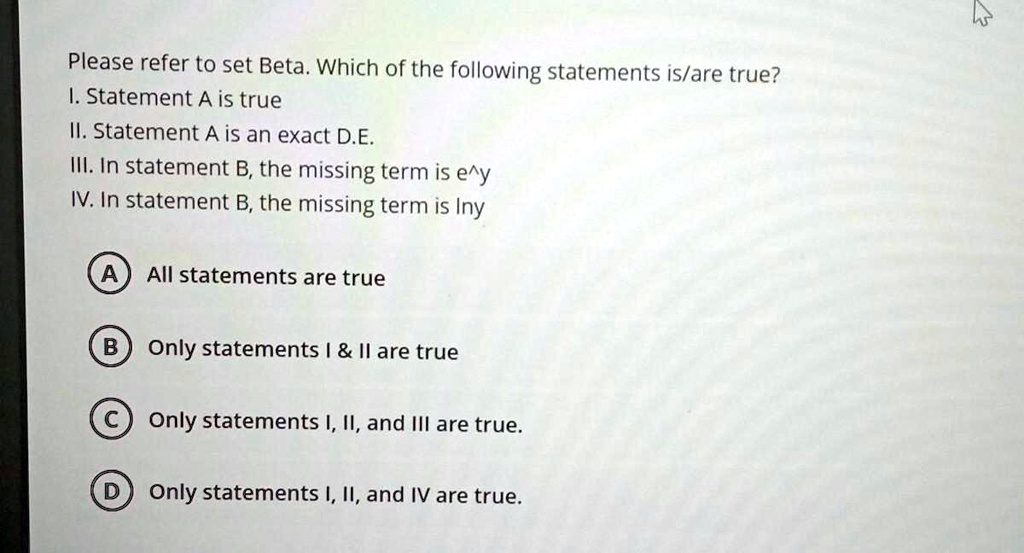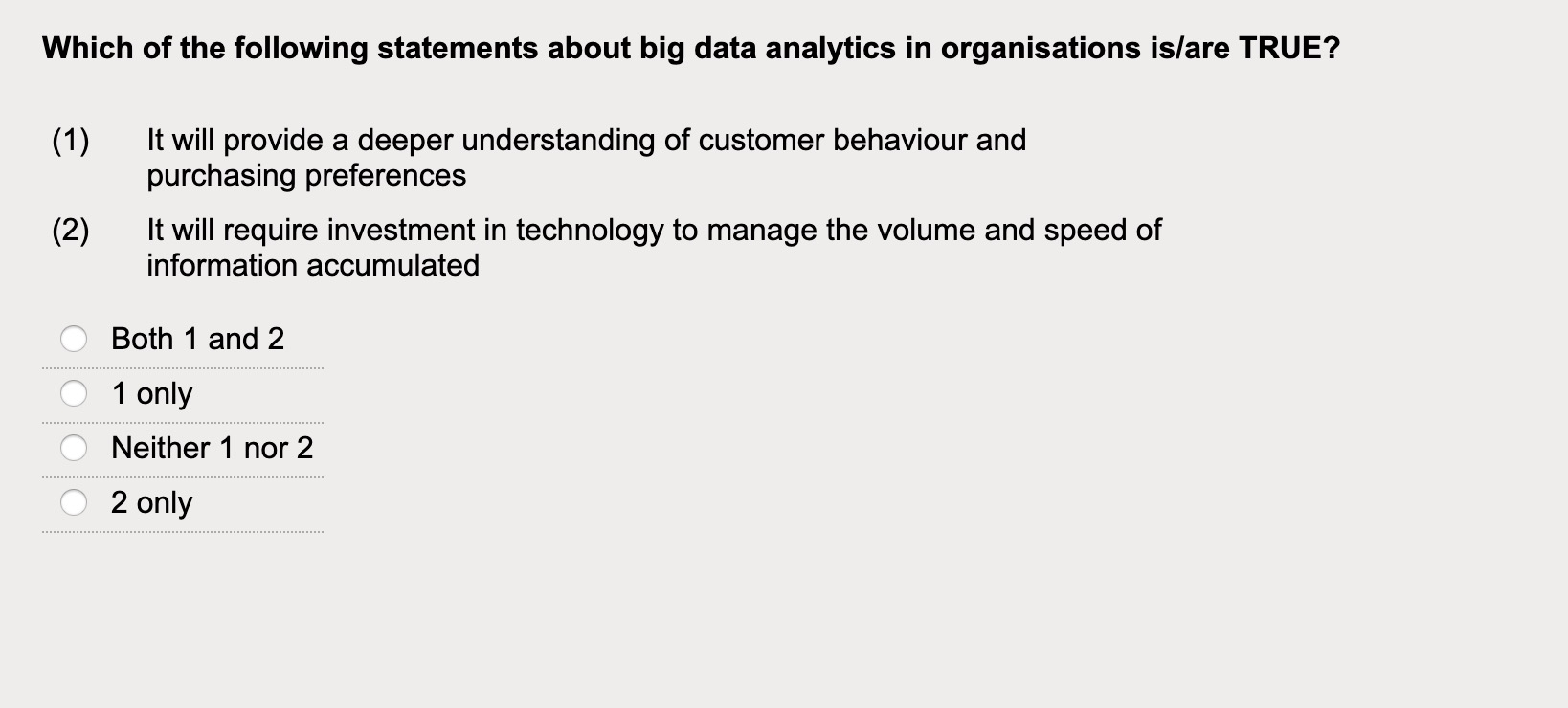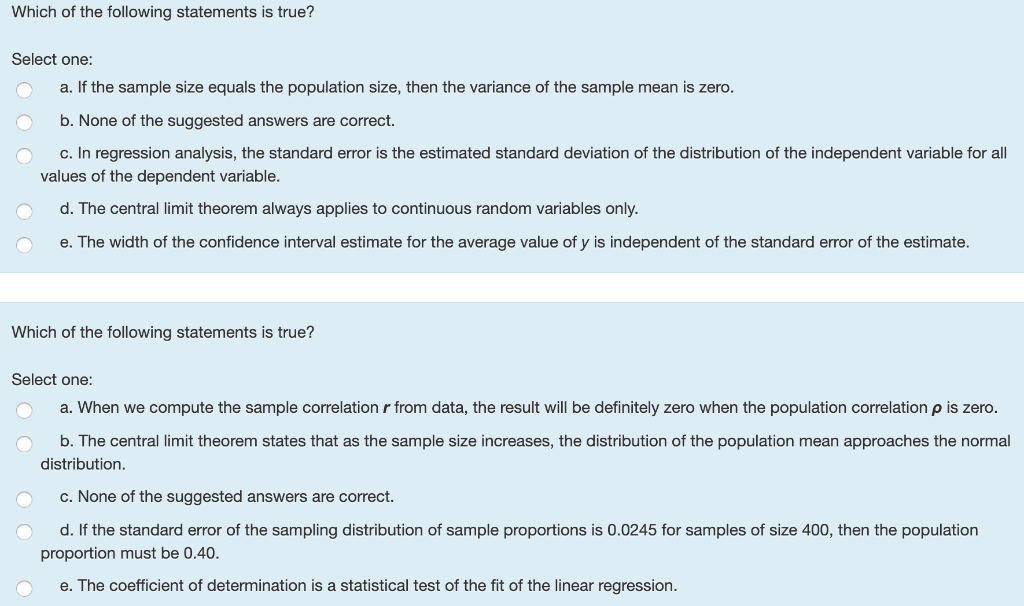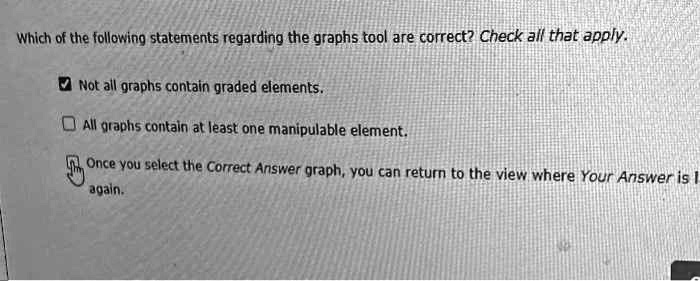Which Of The Following Statements Is A Prediction

A critical evaluation of statements to identify predictions is underway, impacting fields from economics to climate science. Understanding the nuances between forecasts, projections, and simple declarations is paramount for informed decision-making.
The ability to differentiate a verifiable prediction from other forms of statements—such as estimations, extrapolations, or opinions—is crucial for navigating complex information and holding claims accountable. This skill is vital in evaluating scientific studies, economic forecasts, and political promises.
Distinguishing Predictions from Other Statements
Predictions are statements about events expected to occur in the future. They must be falsifiable; meaning there must be a way to prove them wrong. A true prediction explicitly states what will happen under specific conditions and within a certain timeframe.
A statement like, "The sun will rise tomorrow," is technically a prediction. However, it's based on such established scientific principles that it holds very little informational value. Meaningful predictions involve uncertainty and risk.
Conversely, projections are often conditional statements based on specific assumptions. They tell us what would happen if certain conditions were met. For example, "If carbon emissions continue at the current rate, global temperatures will rise by 2 degrees Celsius by 2050."
Estimations are approximations based on available data. They aim to assess the current state of affairs. A statement such as, "The current unemployment rate is estimated to be 4%," is not a prediction. It is an assessment of the present.
Opinions reflect personal beliefs or judgments and lack empirical support. They cannot be definitively proven true or false. Saying, "I think the stock market will crash soon," is an opinion, not a verifiable prediction.
Key Characteristics of a Prediction
A strong prediction includes several key characteristics. These characteristics allow for proper evaluation.
First, it is specific. Vague or ambiguous language makes it impossible to determine if the event actually occurred as predicted.
Second, it is time-bound. A clear timeframe is necessary to know when the prediction should be evaluated. "The economy will eventually recover" is too vague.
Third, it is measurable. There must be quantifiable metrics to determine if the predicted outcome occurred. "Customer satisfaction will increase" needs to be defined and measured.
Examples of Predictions
To illustrate the difference, consider the following examples. "Company X's profits will increase by 10% next quarter" is a prediction because it's specific, time-bound, and measurable.
On the other hand, "Investing in renewable energy is a good idea" is an opinion. It lacks specific details and measurable criteria.
Another example: "If the government implements these policies, the poverty rate will decrease." This is a projection contingent upon government action.
The Importance of Identifying Predictions
The ability to identify predictions is crucial in various sectors. It helps in assessing the credibility of claims.
In science, distinguishing predictions from hypotheses is vital for validating theories. A scientific theory must generate testable predictions that can be confirmed or refuted through experimentation.
In economics, differentiating predictions from projections helps assess the validity of economic models. Policy decisions often rely on these models.
In climate science, predictions about future climate scenarios inform mitigation and adaptation strategies. Understanding the underlying assumptions of these predictions is vital.
Potential Pitfalls and Challenges
Identifying predictions isn’t always straightforward. Context matters significantly.
Ambiguous language can obscure the intent of a statement. Carefully analyzing the words used is essential.
Furthermore, predictions can be conditional or framed as possibilities, making them harder to evaluate. The use of qualifiers can change the nature of a statement.
Finally, sometimes, statements are designed to sound like predictions to lend credibility, even if they lack verifiable components. Critical thinking is crucial in these situations.
Conclusion
The ongoing effort to accurately identify predictions is vital for informed decision-making across numerous fields. Individuals and organizations must critically evaluate statements, looking for specificity, measurability, and a clear timeframe.
Further research is needed to develop better tools and frameworks for assessing predictive claims. These tools can assist in filtering misinformation.
Continued education on critical thinking and information literacy is essential to empowering individuals to discern genuine predictions from other forms of statements. This skill is becoming increasingly important in a complex and rapidly changing world.










